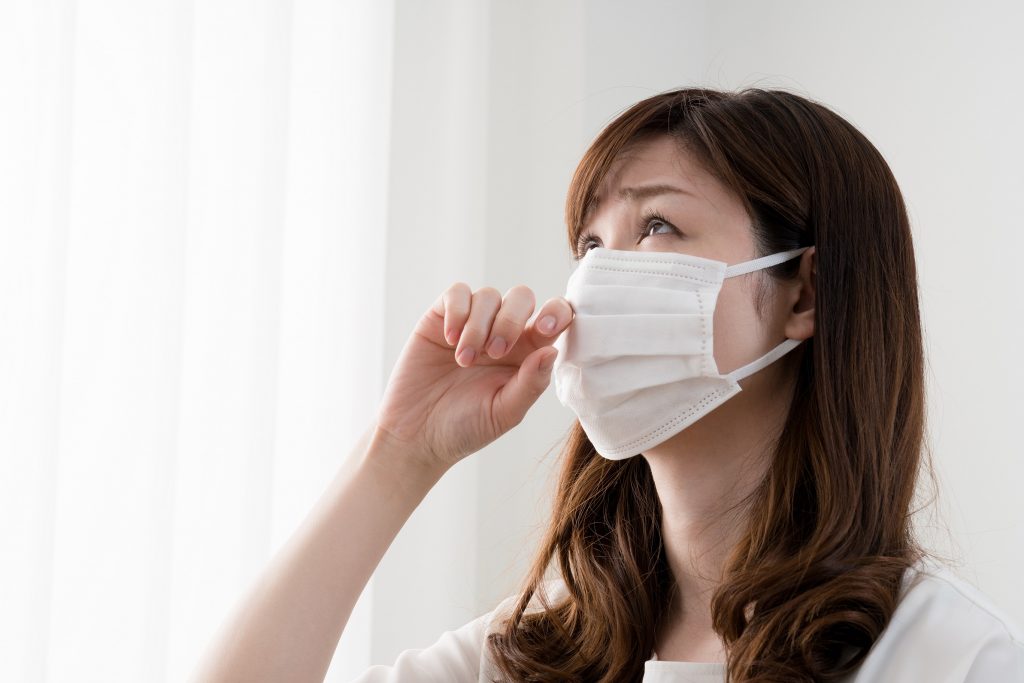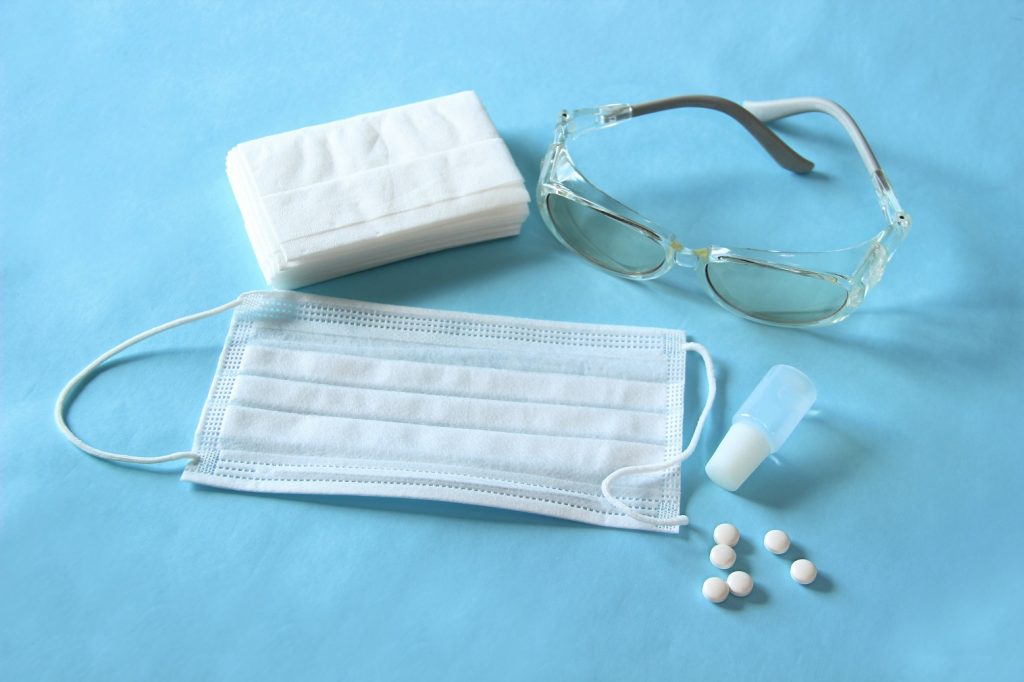Kafunsho, the Japanese word for pollen allergies, is an inevitable topic of conversation every spring in Japan. Due to some well-intentioned but accidentally misery-inducing post-WWII reforestation policies, Japan planted huge numbers of Japanese cypress and Japanese cedar trees all over the country, and after a few decades of growth, those trees started pushing waves of pollen into the air we all have to breathe every day in Japan. And every spring, once temperatures start regularly reaching 10°C (50°F), we are reminded just how much pollen we are breathing in, by the really unfortunate results…
The Symptoms of Seasonal Allergies

Since we are still in the middle of the COVID-19 (coronavirus) pandemic, it is understandable if you start feeling a little unwell in Japan and just are not sure if it is an annoyance or an emergency. Common symptoms for allergies include:
- ・a stuffy nose and clogged sinuses
- ・a decreased sense of smell
- ・itchy, watery eyes, an itchy throat, and itchy skin
- ・lots of sneezing
- ・a runny, drippy nose
Shortness of breath and general fatigue do overlap with COVID-19 but guides to identifying coronavirus point to a dry cough, a high fever, and NOT a runny nose. As unpleasant as it is to be a snotty mess, it is probably a good sign.
Combatting Hay Fever

The most effective way to avoid the effects of allergies is to never go outside. But that is not much fun, is it? You are now in Japan, and you would most likely love to visit temples and parks and have lovely walks through Tokyo, Kyoto, and beyond! Of course, the citizens of Japan have things to do every day, too, so these are some of the most commonly recommended options available for relieving the symptoms:
Masks
While masks have not really caught on in the West, they are a pretty standard everyday-wear item in Japan, especially throughout cold and flu season, and then whenever the trees release pollen and kafunsho takes over. Cute character masks for kids, masks marketed towards young women claiming to improve skin quality, scented masks and more… they are everywhere, and the varieties never end in Japan.
At the moment, standard masks are in high demand throughout the country, because while coronavirus is not an airborne disease, people are still buying them in bulk as an attempt to avoid catching COVID-19.
But the best masks to avoid pollen are not the standard ones, anyway, or so some very successful marketing claims! These especially sleek-looking masks claim to filter out 99% of the pollen from the air you breathe and can supposedly be washed and reused.
Eye Drops
Again, there are a lot of different eye drop varieties for sale in Japan. Plenty of them cater to the same contact-wearing crowd you might find anywhere in the world, but there are also an awful lot of eye drop products in Japan that contain unique ingredients. Lots of them create a cooling effect on the eye’s surface, which either relieves itchy eyes, or full-on wakes you up like a cup of coffee, depending on the product. In the end, these special additions might just irritate your eyes even more, though, so your milage may vary. You can also look for eye drops very specifically targeted at helping with allergies, which might be more effective.
Medicine (Antihistamines)
Of course, you can take your basic allergy meds as well. If antihistamines do the job for you back home, there is no reason why they should not work over in Japan as well! Check in with your doctor before coming to Japan if you think you might need to count on medication to keep the sniffles at bay.
Other Ways to Quell the Hay Fever
Interestingly, one of the top tips you will hear from people in Japan is to “just wear your glasses, everybody”! Forget contacts, putting on a pair of glasses (or sunglasses) creates a physical barrier, and it certainly does a much better job of keeping the pollen out of your eyes than wearing no eye protection at all! You might even find special goggles at local department stores (or even 100-yen stores) made specifically for this purpose.
Another issue is just how much pollen sticks with you throughout the day, so the final tip is to wear smooth clothing! As ridiculous as it might sound, all that irritating pollen really grabs a hold of that fuzzy sweater you love so much, and then can go on to get right into your eyes and nose later on. Wearing a rain jacket or a trench coat – really any outerwear with a smooth surface – might just keep you sneeze-free and happy as you tour Japan this kafunsho season!










